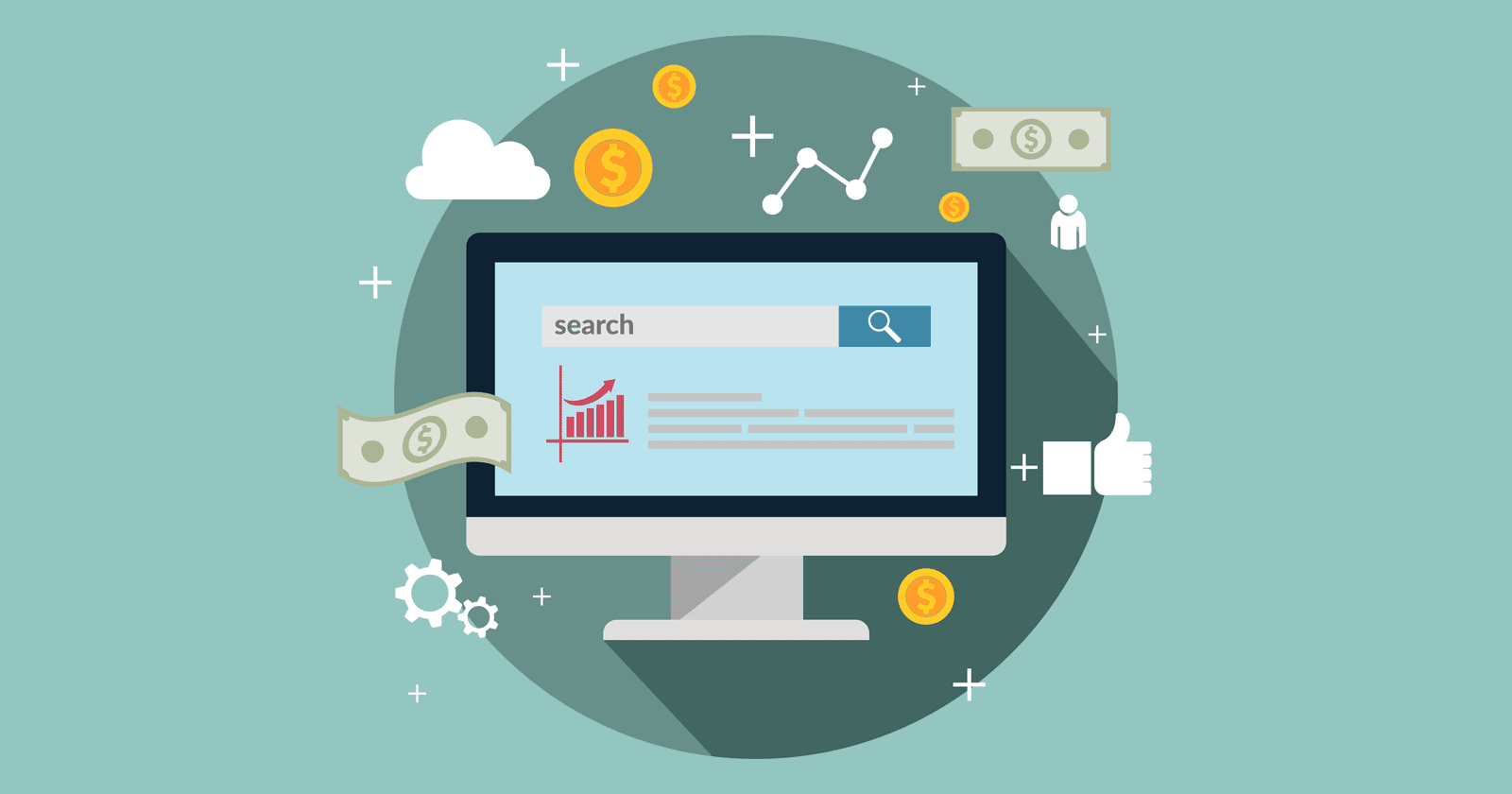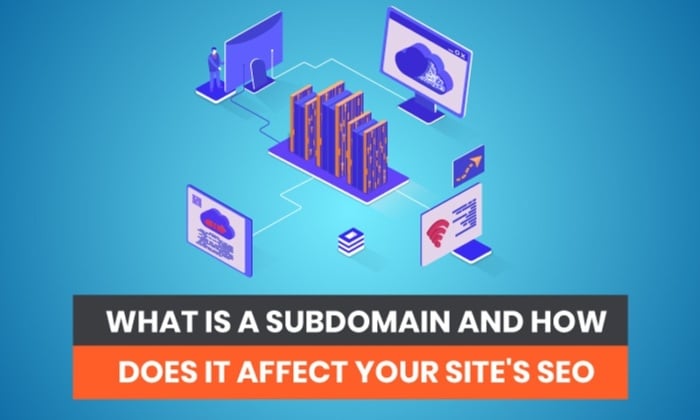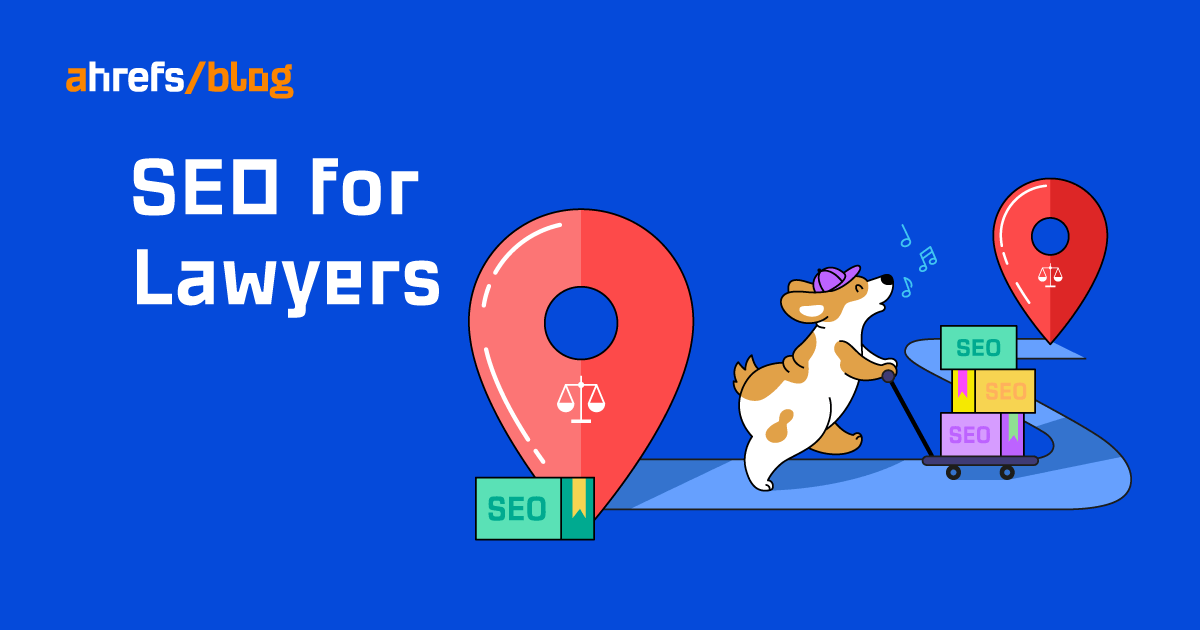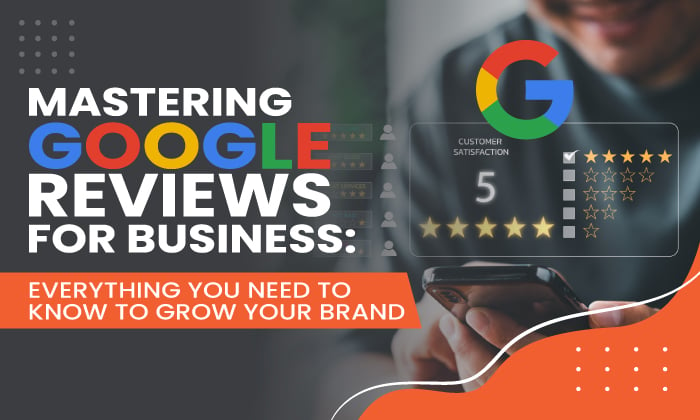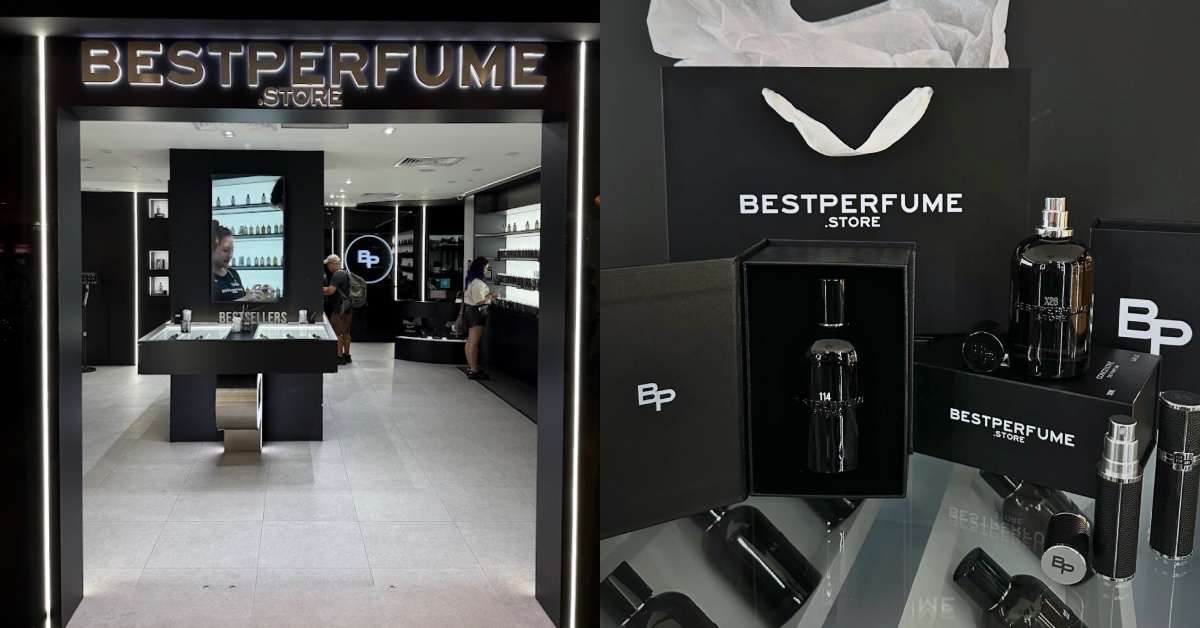AI Washing: How To You Know If You’re Being Taken to the Cleaners
The hype surrounding artificial intelligence has spurred significant innovation in the industry, but it has also given some people the wrong idea. We are beginning to see businesses attempting to capitalize on the massive power of artificial intelligence without...

The hype surrounding artificial intelligence has spurred significant innovation in the industry, but it has also given some people the wrong idea. We are beginning to see businesses attempting to capitalize on the massive power of artificial intelligence without ever using it, receiving the popularity boost of this trend without offering its benefits to their consumers.
What is AI washing?
This deceptive marketing process has come to be known as “AI washing.” Ultimately, companies who participate in this practice are incredibly unethical, taking advantage of consumers and investors eager to reap the advantages of a powerful technology without offering them said benefits.
The most common form of AI washing is using misleading product descriptions. For example, some businesses have attempted to label traditional algorithms as AI, yet since many people in the general public don’t understand the subtle differences between these two technologies, it can be easy to pass this switch off on unsuspecting consumers. However, this is deceptive marketing through and through.
Other examples of AI washing take the deceit even further. Some companies have begun to exaggerate the scale of their AI capabilities or even claim to utilize AI without any substantial implementation. Since artificial intelligence is such a new technology, many businesses only use it in ways that are incidental to the business’s function or in the early stages of development. As such, there’s no way to tell what a claim of “AI-powered” actually means.
How does AI washing hurt everyone?
The most obvious consequences of AI washing are for consumers who spend their hard-earned money on falsely represented AI products, as their purchasing decisions could be falsely swayed by this misrepresentation. As for the business, there could be legal consequences, including fines and sanctions, especially as regulatory bodies become more vigilant.
The consequences of AI washing also extend beyond the parties directly involved because AI washing and deceptive marketing have a detrimental impact on the market as a whole. Any money invested in or spent on a company engaging in AI washing could be going to companies that are genuinely engaging with the technology and participating in innovation.
Even more severe is that AI washing can potentially erode the public’s trust in the technology overall. It is important to remember that artificial intelligence is still a very new technology, relatively speaking, and it takes time for the mass public to build trust for any innovation of this caliber.
AI washing sets up a situation where the public has a perception of AI that overpromises and underdelivers. Because of this, they’ll be much less likely to trust future products or services claiming AI use.
How do we fight back against AI washing?
To combat these adverse effects of AI washing, we must push for increased transparency and honesty in the artificial intelligence industry — particularly when marketing AI products and services. Unfortunately, many companies still use confusing or cryptic language to describe their product or service’s use of artificial intelligence, partly to protect their intellectual property and partly because the general public doesn’t entirely understand this technology in its infancy. To fix this, companies should be expected to clearly and understandably define what constitutes AI in their products and provide evidence of AI implementation when possible.
One of the first steps to encourage transparency and honesty in the artificial intelligence industry is the establishment of industry-wide standards. For example, innovators in the AI space can self-regulate by establishing a certification body and universal benchmark for evaluating AI claims and products’ AI capabilities. This will both ensure that consumers and stakeholders have a trusted mark of authenticity and foster more international collaboration.
While establishing industry standards around the use of artificial intelligence will go a long way in creating an ecosystem of more responsible AI use, some have argued that more formal regulatory oversight will be necessary to mitigate the consequences of AI washing. By enforcing more stringent verification processes and penalties (such as fines or sanctions) against those who make false claims, regulatory bodies can effectively discourage the practice of AI washing.
Nevertheless, education is the most powerful tool we have to stop the consequences of AI watching. When people are informed of the benefits, features, and limitations of legitimate artificial intelligence products, they are less likely to fall victim to the deceit of AI washers, as they will know the difference between “real” and “fake” claims. Thus, by increasing the discourse around artificial intelligence, we have the opportunity to ensure that people are reaping the benefits of legitimate AI innovation rather than falling victim to those who hope to exploit its popularity falsely.
Although artificial intelligence can do a lot of good for the world, businesses that participate in AI washing threaten to undermine the technology’s positive impacts. Consumers who are misled by businesses conducting AI washing will have expectations of artificial intelligence technology that these deceptively marketed products and services will not meet.
Stopping the practice of AI washing is an integral step in restoring the public’s trust in the technology and creating an ecosystem where AI can be used responsibly.

 Troov
Troov 








